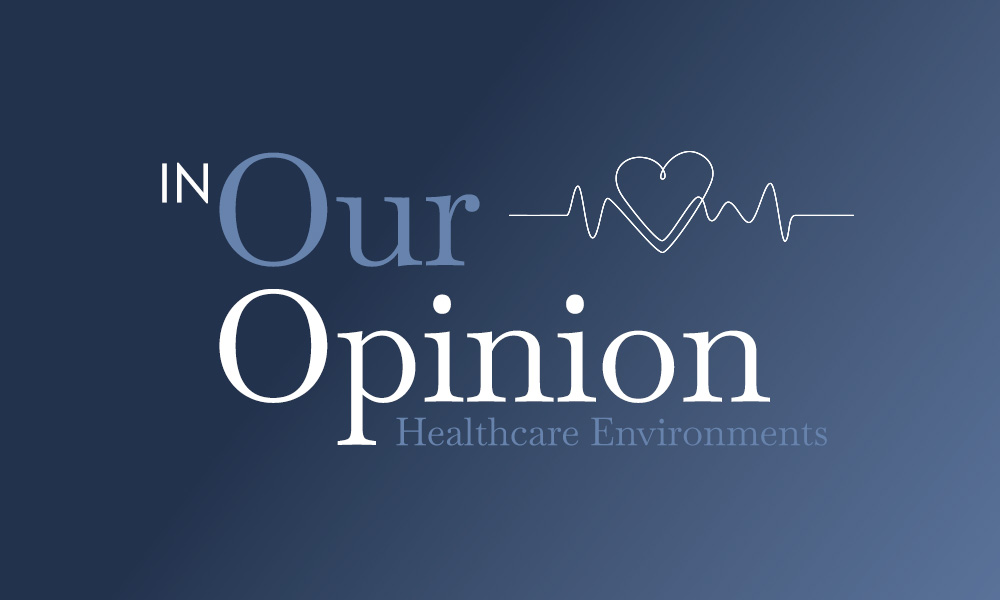The doctor’s office is not simply one place among many. It is a place we go to seek comfort, healing, and depending on the specialist perhaps reassurance. Recent decades have seen an expansion of healthcare beyond traditional allopathic medicine. Whether a patient sees an allopath, an osteopath, or a traditional medicine practitioner, however, we spend comparatively little time investigating the totality of that patient’s environment as a part of their overall health picture.
Social and environmental factors—the social determinants of health, in other words—have come under closer scrutiny in recent years. We might expect to see higher incidence of diet-related illness in areas with limited access to fresh foods. Residents of these food deserts have little choice but to rely on heavily processed foods for their daily needs, which can in turn be deleterious to their overall well-being. We know that individuals who live in areas with unhealthy air quality will have a higher incidence of respiratory ailments; we also now understand more about other factors—factors that seem less “medical” than “social”—and how they impact patient health.
A troubling percentage of the USA also lives in what can be termed a healthcare desert: an area in which access to primary care, hospital care, trauma care, or even pharmacies is limited as in a food desert. While one might initially think of the safe disposal of biohazardous material or medical waste as an environmental issue confronting healthcare providers, a broader view of “environment” must clearly include the social environment in which patients and healthcare consumers live. Energy consumption and waste disposal are, of course, still very valid concerns. The point here is that they do not exhaust the category of “environment” in healthcare.
Our recent piece on C-PACE funding in healthcare points to the intertwined nature of all three components of ESG: environment, social, and governance. A holistic view of the needs of a healthcare consumer will naturally encompass all of these, especially as we understand more about how environmental and social forces are particularly conjoined. A patient’s dietary needs are deeply affected by her or his location and income. That person may know very well that processed foods are unhealthy, yet she or he may have little to no recourse other than to consume so-called convenience foods.
By assuming a broader view of the lived environment of a healthcare consumer—one that includes the social reality in which that consumer lives—healthcare organizations can better respond to the actual needs of their consumers and patients. Telling a patient who lives in a food desert that she or he needs to eat a more balanced diet is unlikely to succeed in improving that patient’s health. A more creative solution is necessary, and it may be the case that such a solution involves engagement with community organizations or the creative use of financial instruments. Without a strong ESG plan in place, organizations will struggle to respond to their patients’ and consumers’ needs. Such a plan must account for as dimensions as possible of those patients’ and consumers’ entire lives.

